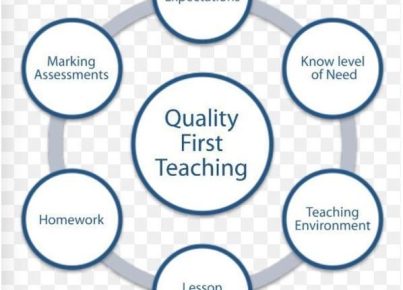As the education landscape continues to evolve, parents and students are searching for innovative ways to keep up with their learning needs. One increasingly popular solution is the formation of learning pods. In this article, we’ll address some common questions about learning pods and help you get a better understanding of how they work.
1. What is a learning pod?
A learning pod is a small group of students who gather in person or virtually to learn together with the help of a tutor, teacher, or even parents. Learning pods provide an alternative method of education that combines traditional schooling with homeschooling. They enable students to receive more personalized instruction and social interaction while maintaining safety measures during challenging times.
2. How do learning pods work?
Learning pods vary in terms of structure and size but generally consist of a small group of students – typically four to ten learners – who meet regularly to study, complete assignments, and partake in educational activities. Parents can organize a pod themselves or hire an expert tutor or teacher to facilitate the sessions. The curriculum in a learning pod can either supplement traditional school subjects or cover different topics according to the students’ interests and learning objectives.
3. What are the benefits of learning pods?
There are several advantages to participating in a learning pod:
– Customized curriculum: Pods cater to the specific needs and interests of each student, allowing for individualized attention and personalized instruction.
– Enhanced social interaction: Unlike isolated homeschooling, learning pods provide opportunities for children to interact with peers in a controlled setting, promoting social development.
– Flexible scheduling: Parents can coordinate the timing of pod meetings based on their own schedules, resulting in less stress and time constraints compared to traditional school structures.
– Increased safety measures: In-person learning pods can adhere to proper health guidelines, ensuring that students continue their education while reducing exposure risks.
4. What are some potential drawbacks?
However, learning pods also come with some challenges:
– Costs: Hiring a qualified teacher or tutor can be an expensive investment. Moreover, parents may have to cover additional costs for teaching resources and materials.
– Limited resources: Students may not have access to the same resources as they would in a traditional school, including libraries, sports facilities, or extracurricular activities.
– Strain on family relationships: Parents taking on the role of teachers may experience increased stress, which could impact family dynamics.
5. How can I start a learning pod?
To create a successful learning pod, follow these steps:
– Determine your objectives: Identify what you want to achieve through the pod and which subjects or topics you want to cover.
– Find like-minded families: Connect with other parents who have similar goals and are willing to collaborate. Ensure that you have compatible schedules and expectations.
– Choose a location: If the pod is meeting in person, designate a safe space for gatherings – it could be at someone’s home or an external venue.
– Hire an educator or assign roles: Depending on your budget and preferences, opt for hiring a tutor/teacher or take turns among parents in leading sessions.
In conclusion, learning pods offer an innovative educational approach that caters to today’s unique circumstances. By understanding the benefits and drawbacks associated with this method, parents can make an informed decision in determining if it’s the right fit for their family.





